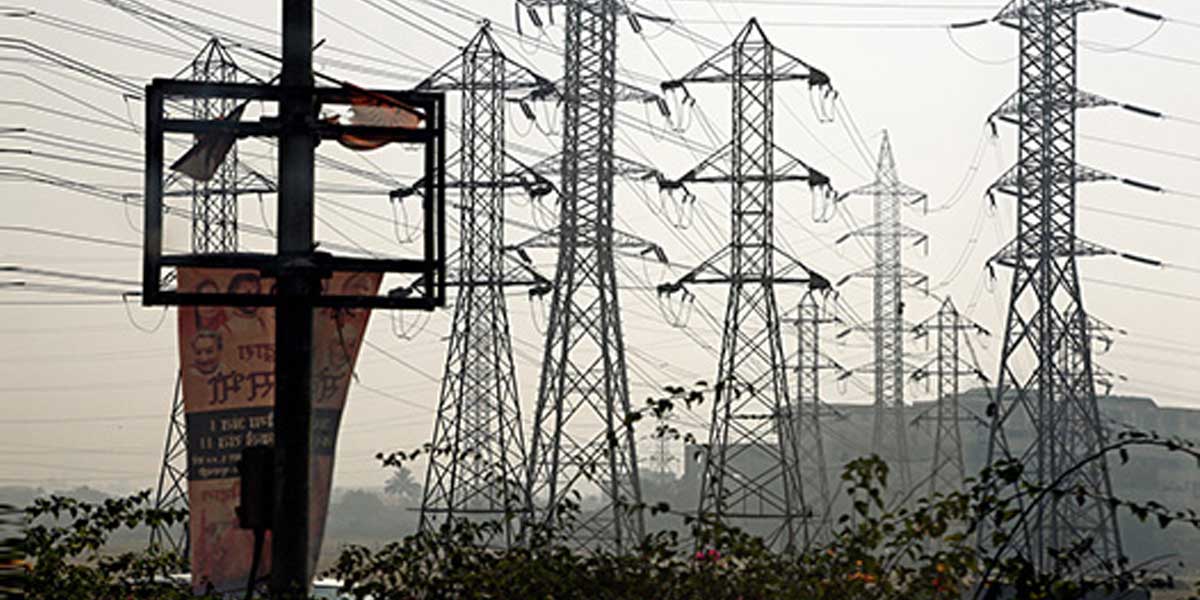

In a major stride towards creating a robust regional power grid, the country’s largest power trading platform, the Indian Energy Exchange (IEX), commenced the Cross Border Electricity Trade (CBET) from Monday. Here is a report.
_________
This maiden initiative will help energy exchanges based here progressively extend their reach beyond the country’s territorial boundaries to not only countries of South Asia but also a large market like Myanmar in the South East Asia region under the evolving grid.
Since 2014, the region has been an important cornerstone of India’s foreign policy under Prime Minister Narendra Modi’s ‘Act East’ initiative. India took the first step towards creating a regional market in electricity by issuing guidelines in December 2018 followed by Cross-Border Electricity Trade (CBET) Regulations by Central Electricity Regulatory Commission (CERC) in March 2019.
Then in March this year, NTPC Vidyut Vyapar Nigam (NVVN) secured approval from the Central Electricity Authority (CEA) for Nepal’s participation in the day-ahead market on IEX. NVVN is the trading subsidiary of India’s largest energy conglomerate NTPC.
Although CBET rollout was anticipated in 2020 itself, it took some time to iron out certain procedural challenges, official sources told CW’s group publication Infrastructure Today.
Welcoming as the first country to commence the cross-border electricity trade in India’s day-ahead electricity market, SN Goel, Chairman & Managing Director, IEX, observed, “With a large installed power generation capacity base of 382 GW and peak demand of about 185 GW, India is a power surplus country. We have a unique opportunity to lead the regional power market development and make efforts towards enhancing the energy access and security amongst the neighboring nations in the region.”
Also speaking on the occasion, Mohit Bhargava, CEO, NVVN & Executive Director Renewable Energy, NTPC, mentioned, “Due to its unique location as well as sound electricity infrastructure, we must lead in energy cooperation and development of the market in the South Asia, regional transmission infrastructure development as well as facilitate efficient utilisation of the energy resources for the cross-border entities.”
Currently, such trade with neighboring countries for India stands at about 18 billion units (BU) conducted through medium to long-term bilateral contracts. The process was kickstarted in the 1980s with electricity imports from Bhutan and exports to Nepal. The country presently has agreements for supplies to Nepal and Bangladesh under government-to-government deals.
As per the CEA and CERC, as of date, India imports 8.7 BU of electricity from Bhutan and exports 2.37 BU and 7 BU to Nepal and Bangladesh, respectively. The power trade with these countries is expected to increase to about 40 BU by FY2022 and 70 BU to FY2027 according to a study by the New Delhi-based think tank, Integrated Research and Action for Development (IRADe).
“Our studies have shown that there is economic value to such trading between India and Nepal and India and Bangladesh. Nepal would gain from the sale of its hydropower to India, while Bangladesh would gain from buying power from India. India would gain from flexible hydro resources to manage the intermittency of renewable energy sources,” Pankaj Batra, Project Director, SARI/EI/IRADe told the portal.
In Batra's opinion, all countries would benefit from interconnections because of the diversity in the type of supply sources and peak demand occurring at different times during the day as well as the diversity of peak demands over the year, since the peak demands in different South Asian countries would occur in different seasons.
Moreover, the resulting decline in power generation costs is expected to lead to a substantial drop in electricity tariffs in the region.
IEX is working with PTC India, NVVN, and all other nodal agencies designated for CBET to facilitate inter-country power trade through the exchange market.
-by Manish Pant